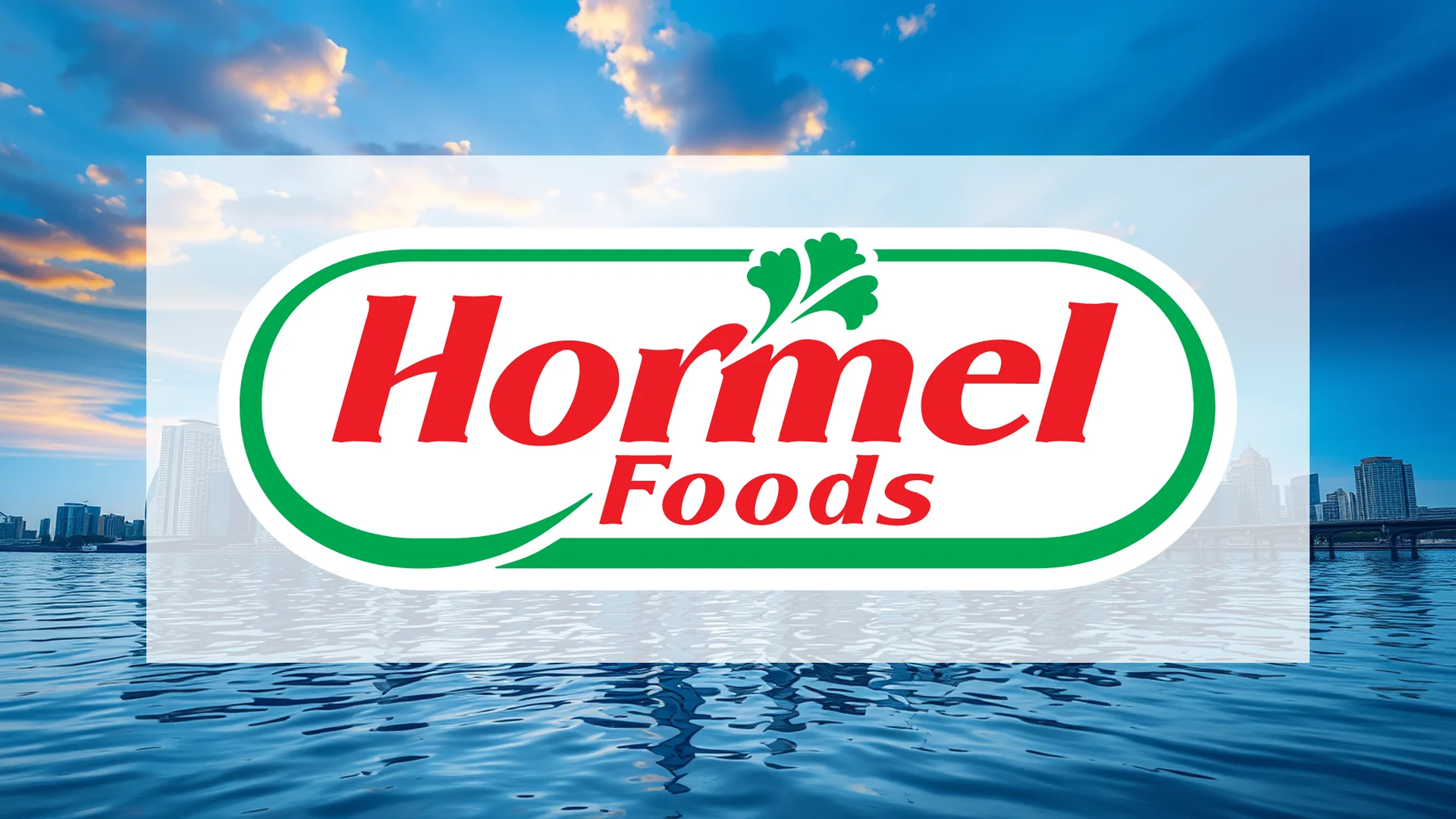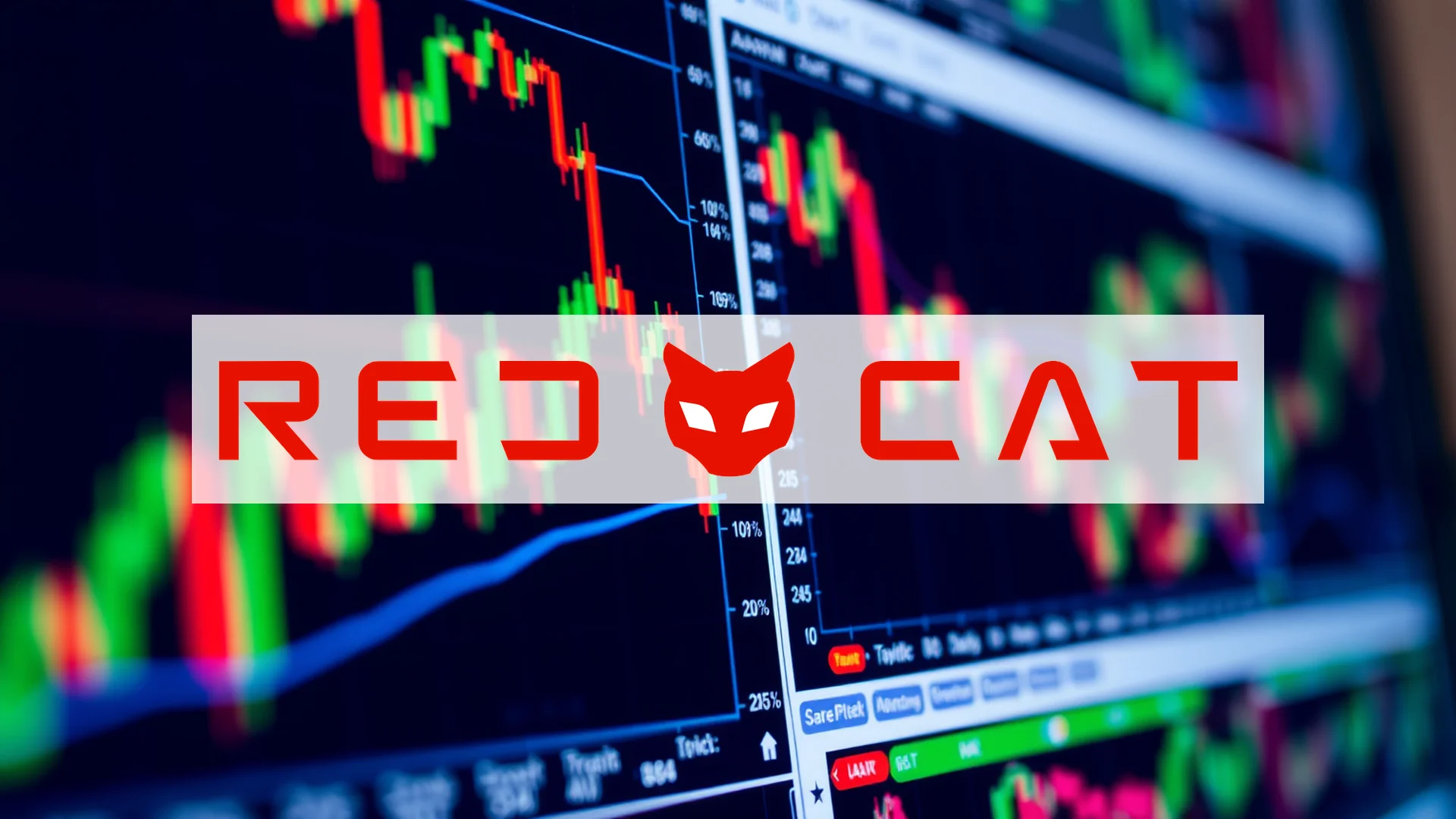Hormel Foods, the prominent food industry corporation, is confronting significant operational and market challenges. With a series of disappointing earnings, substantial workforce reductions, and concerning technical indicators, the company’s trajectory is under intense scrutiny. The critical question for investors is whether newly implemented austerity measures can reverse the current negative momentum.
Fundamental Performance Under Pressure
The company’s financial health has deteriorated noticeably. Hormel Foods has failed to meet profit expectations in three of the last four quarterly reports, with an average miss of 5.6 percent. The outlook has grown increasingly bleak, as market experts have dramatically slashed their earnings projections for the fourth quarter by a substantial 17.95 percent. This revision points to an anticipated year-over-year profit decline of 23.8 percent. Soaring input costs and persistent competitive pricing pressures continue to strain profitability, demonstrating that previous price increases and cost-saving initiatives have been insufficient to stabilize the situation.
Technical Indicators Flash Warning Signs
Market sentiment toward Hormel Foods shares has turned decidedly negative. The equity recently received the “Bear of the Day” designation from Zacks Equity Research, highlighting analyst pessimism. Further compounding these concerns, a technically significant event has occurred: the emergence of a “Death Cross.” This pattern, identified when the 50-day moving average drops below the 200-day moving average, is traditionally interpreted by chartists as a signal for continued downward momentum. Historical analysis of this formation suggests the potential for additional losses of up to 20 percent over the next three-month period.
Drastic Restructuring Efforts
In response to these mounting challenges, corporate leadership has initiated a severe cost-cutting strategy. The plan includes the elimination of 250 positions within corporate and sales functions, supplemented by a voluntary early retirement program. These restructuring actions are expected to incur costs between $20 million and $25 million, which will be recognized in upcoming financial quarters. The company’s decision to lower its profit guidance served as a shock to the market, triggering a sharp 9.1 percent single-day decline in the share price at the end of October.
Should investors sell immediately? Or is it worth buying Hormel Foods?
A confluence of adverse events has hampered performance, including intense industry pricing competition, operational disruptions from avian flu outbreaks, and a fire at a key peanut butter production facility. The severity of the circumstances has even prompted the initiation of a legal inquiry into potentially misleading business disclosures.
A Glimmer of Value and a Pivotal Report
Despite the overwhelming negative news flow, one metric suggests a potential valuation opportunity. The stock’s current price-to-earnings (P/E) ratio of 15.16 sits below the industry average of 19.06. However, a dividend payout ratio of 83.32 percent raises flags about the long-term sustainability of such shareholder returns, as this level is considered very high.
All attention is now focused on the upcoming quarterly report scheduled for release on December 4. This update will be crucial in determining whether Hormel Foods has navigated the worst of its troubles or if further decline is imminent. The revelations in this report will likely play a defining role in shaping the stock’s near-term future.
Ad
Hormel Foods Stock: Buy or Sell?! New Hormel Foods Analysis from November 20 delivers the answer:
The latest Hormel Foods figures speak for themselves: Urgent action needed for Hormel Foods investors. Is it worth buying or should you sell? Find out what to do now in the current free analysis from November 20.
Hormel Foods: Buy or sell? Read more here...










